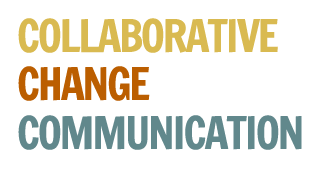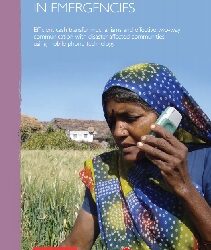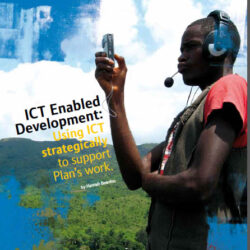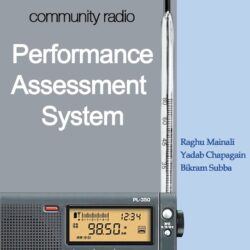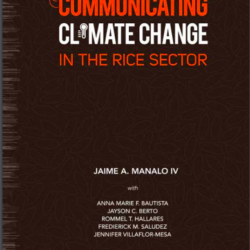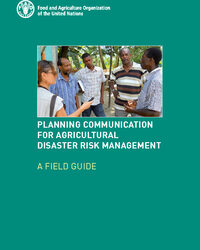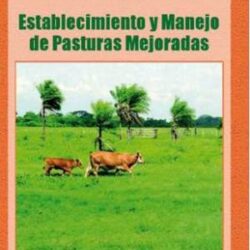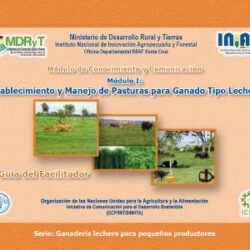Mobile Technology in Emergencies
[2012] Jeffrey Sachs, Director of the Earth Institute at Columbia University, has described the mobile phone as the “single most transformative tool for development”. This publication by Save the Children and the Vodafone Foundation explores how to overcome obstacles to the effective use of mobile phone technology in emergency response, in relation to distribution of cash to support food security and livelihoods, information sharing, two-way communication with affected communities, and
